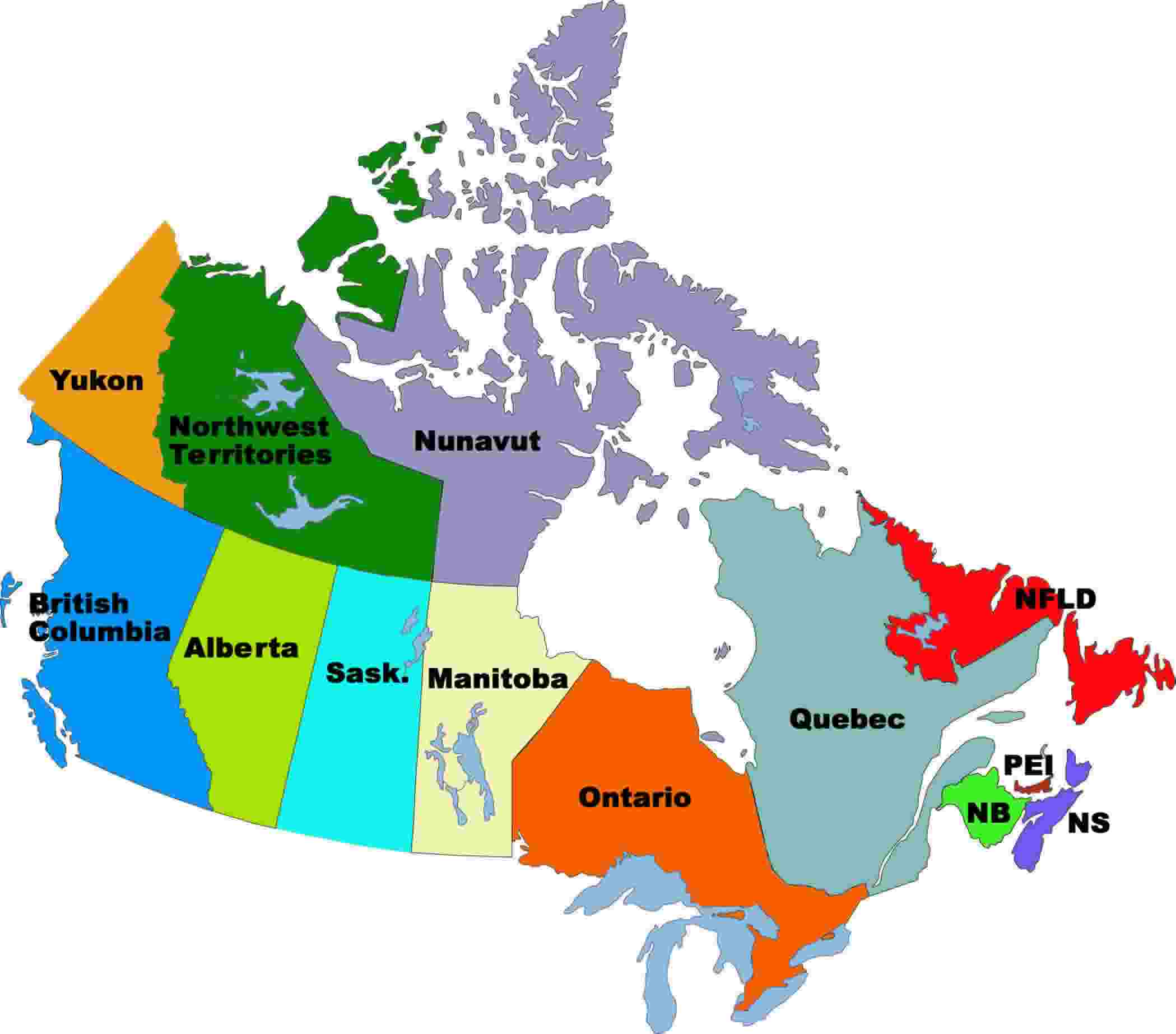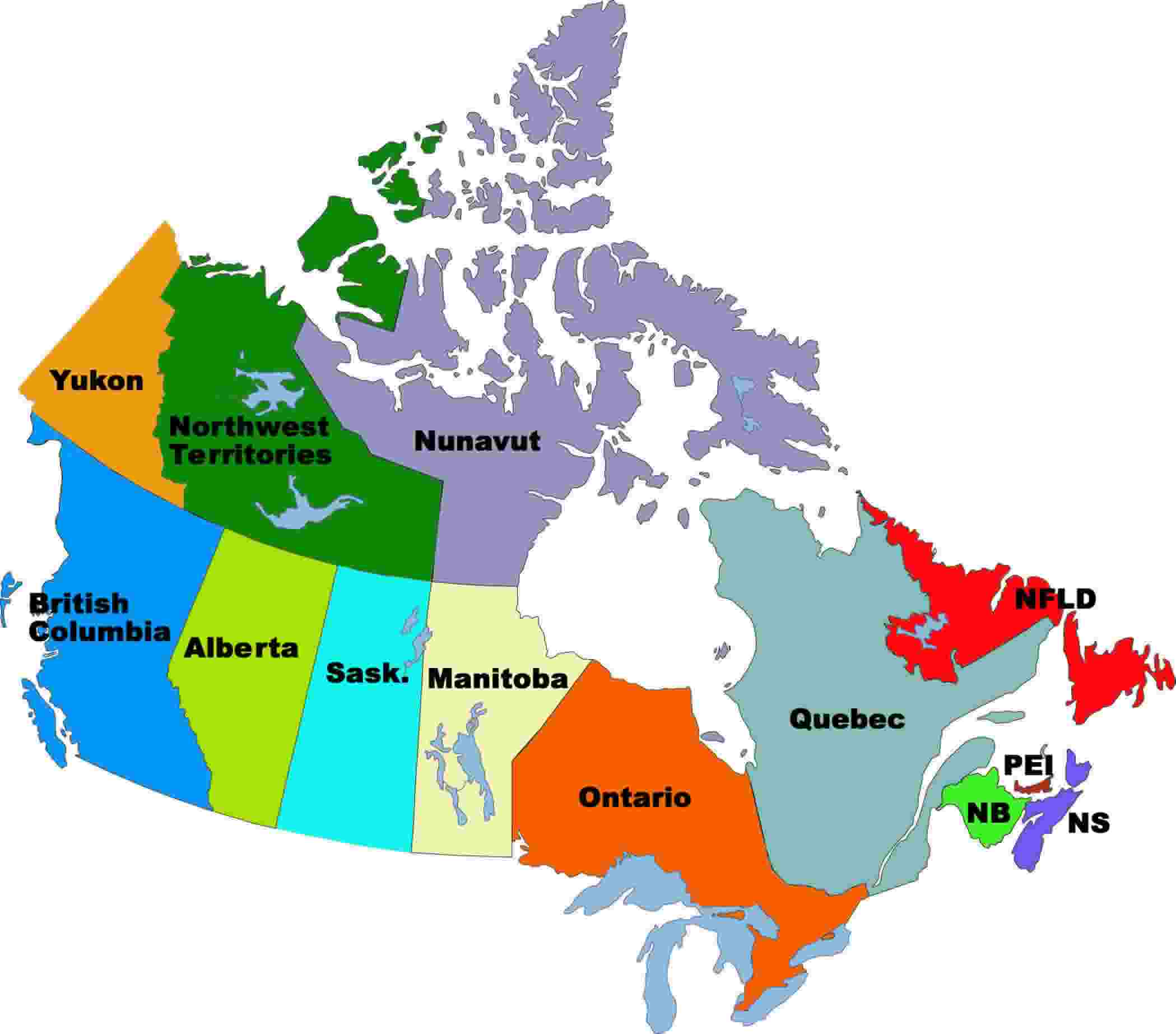Where does the time go? 35 years ago, when we were just getting started, the Internet was a niche network tool available to select academic nerds in select universities across North America. Squinting at a green screen offered no visibility into what the World Wide Web would bring over the coming decades.
35 years ago, when we were just getting started in late 1989, the Internet was a niche network tool available along with the commercialization of the medium came concerns over the information that was being shared at light speed, the security of systems and the risks of harms that could impact connected entities, from multinational firms to home offices.
While we look at the way the world has been radically changed by instantaneous connectivity, we can’t help but be excited about the revolutionary changes in artificial intelligence, productivity and the commoditization of information technology.
Unfortunately, we have not seen such a commoditization across Canada, particularly in such areas as the protection of privacy as a human right of all Canadians, access to IT education and upskilling, and the cybersecurity safeguards that keep everything working smoothly not only here but around the world.
For our 35th anniversary, which will extend for the entire year 2025, we took a look at the state of equitable access to cybersecurity expertise, tools, and services in Canada and found that it varies significantly across different regions, sectors, and communities. While major urban centers like Toronto, Vancouver, and Montreal have robust cybersecurity infrastructures, rural and remote areas often face challenges in accessing these resources.
Underserved Regions and Communities:
- Rural and Remote Areas: These regions frequently lack the necessary infrastructure and skilled professionals to implement effective cybersecurity measures. This disparity leaves local businesses and residents more vulnerable to cyber threats.
- Small and Medium-Sized Enterprises (SMEs): SMEs across Canada often struggle with limited budgets and resources, making it difficult to invest in comprehensive cybersecurity solutions. This situation is exacerbated in less populated areas where access to cybersecurity services is limited.
Risks Associated with Limited Access:
- Increased Vulnerability: Organizations and individuals in underserved areas are more susceptible to cyberattacks, including data breaches and ransomware, due to inadequate defenses.
- Economic Impact: Cyber incidents can lead to significant financial losses, particularly for SMEs that may lack the resilience to recover from such events.
- National Security Concerns: Gaps in cybersecurity can be exploited by malicious actors, posing risks not only to local entities but also to national infrastructure and security.
Government Initiatives: The Canadian government has recognized these challenges and is taking steps to address them:
- Cyber Security Innovation Network (CSIN): Launched to foster collaboration between academia and industry, CSIN aims to enhance research, development, and commercialization of cybersecurity solutions, thereby addressing the talent shortage and improving access to expertise across the country.
- National Cyber Security Strategy: This strategy outlines measures to strengthen Canada's cybersecurity posture, including investments in workforce development and infrastructure to support underserved regions and sectors.
35 for 35: Choosing to take action on expanding cybersecurity access to underserved regions and sectors
After more than three decades in business, we wanted to mark the milestone by doing something big. As we mark 35 years of service, it’s clearer than ever that certain sectors and regions remain underserved in their cybersecurity readiness, and that’s a significant concern to me, and to our entire network of partners and clients. Whether it’s rural credit unions in Ontario or local manufacturers in Quebec, many organizations are adopting digital transformation without fully understanding the vulnerabilities they are exposing themselves to.
These gaps are not just inconvenient—they are dangerous. The rise of digital connectivity across Canada means that even a single security lapse can ripple through supply chains, infrastructure, and critical services, affecting not just businesses but millions of Canadians. Ensuring cybersecurity awareness and robust protection across the country is not just a corporate responsibility—it’s a national imperative.

Key trends driving cybersecurity and digital transformation
Our analysis of high-growth sectors is shaped by the most impactful trends influencing cybersecurity and digital transformation in Canada. These trends highlight the need for robust security measures as industries evolve:
- Digital Charter Implementation: Canada’s focus on privacy and security in the digital economy requires compliance for public trust.
- AI Strategy: The rise of AI in industries like healthcare and finance increases the need for stronger data protection.
- Open Banking: Financial transparency demands tighter cybersecurity measures for consumer data.
- Connected Care Act: As healthcare becomes more connected, safeguarding patient privacy is crucial.
- Industry 4.0: Advanced technologies in manufacturing bring new cybersecurity challenges.
- 5G Rollout: Faster networks amplify security risks in connected systems.
- CyberSecure Canada Certification: SMEs must strengthen their cybersecurity infrastructure.
- Quantum Computing: Emerging quantum technologies call for encryption and secure communication strategies.
- Smart Cities: Urban tech integration requires stronger protection against cyberattacks.
- Innovation Superclusters: Collaborative industries must address data security in interconnected systems.
Identifying sectors and locations in need
Our research, driven by these trends, focused on sectors and regions with high growth potential and cybersecurity needs. We evaluated industry readiness and risk exposure, prioritizing underserved areas like rural Canada, where sectors such as Open Banking and 5G connectivity are poised for growth but face significant security challenges. Our goal is to foster equitable digital transformation across the country, ensuring robust cybersecurity in all regions.
NAICS Code | Trend | Sector | Location |
5221 | Open Banking Initiatives | Banking | Atlantic Canada |
5222 | Open Banking Initiatives | Credit Unions | Ontario Rural Areas |
5182 | Digital Charter Implementation | Data Processing Services | Prairies |
5415 | Attracting and Retaining Talent in Tech | IT Consulting Services | Quebec Rural |
6216 | Connected Care Act | Outpatient Care Centers | British Columbia |
5417 | Canada’s National AI Strategy | Scientific R&D | Alberta |
5112 | Innovation Superclusters Initiative | Software Publishers | Ontario |
3345 | Industry 4.0 | Navigational Instruments | Ontario |
3364 | Industry 4.0 | Automotive Manufacturing | Quebec |
3241 | 5G Rollout | Petroleum Manufacturing | Alberta |
5173 | 5G Rollout | Telecommunications | Prairies |
2211 | Smart Cities and Infrastructure | Electric Power Generation | Ontario |
2382 | Smart Cities and Infrastructure | Building Equipment Contractors | Quebec |
4234 | Innovation Superclusters Initiative | Professional Equipment Wholesalers | Alberta |
4244 | Attracting and Retaining Talent in Tech | Pharmaceutical Wholesalers | Atlantic Canada |
4821 | Industry 4.0 | Rail Transportation | British Columbia |
5416 | Canada’s National AI Strategy | Management Consulting Services | Ontario |
5419 | Digital Charter Implementation | Other Professional Services | Ontario |
6215 | Connected Care Act | Medical Laboratories | British Columbia |
8111 | 5G Rollout | Automotive Repair | Atlantic Canada |
8112 | Industry 4.0 | Electronic Repair | Ontario |
5617 | Open Banking Initiatives | Office Administrative Services | Ontario |
4881 | Smart Cities and Infrastructure | Support Activities for Transport | Quebec |
4931 | Innovation Superclusters Initiative | Warehousing and Storage | Prairies |
5413 | Digital Charter Implementation | Architectural Services | British Columbia |
5614 | Attracting and Retaining Talent in Tech | Facilities Support Services | Atlantic Canada |
8131 | Digital Charter Implementation | Religious Organizations | Ontario |
8132 | Connected Care Act | Grantmaking and Giving Services | Prairies |
6117 | Canada’s National AI Strategy | Technical and Trade Schools | Quebec |
2361 | Industry 4.0 | Residential Construction | British Columbia |
2371 | Industry 4.0 | Utility System Construction | Ontario |
2373 | 5G Rollout | Water and Sewer Line Construction | Atlantic Canada |
5324 | Digital Charter Implementation | Commercial Equipment Leasing | Quebec |
5616 | Open Banking Initiatives | Investigation and Security Services | British Columbia |
5412 | Attracting and Retaining Talent in Tech | Accounting Services | Prairies |

Answering the call: extending our reach through local partnerships
The solution to bridging these gaps lies in collaboration. At the Informatica Corporation Group of Companies, we recognize that cybersecurity cannot be delivered as a one-size-fits-all solution, especially in a country as geographically and economically diverse as ours. That’s why we’re expanding our efforts by partnering with local businesses and organizations in key sectors to bring tailored cybersecurity solutions directly to the communities that need them most.
Local partners are vital because they understand the unique needs of their regions. By collaborating with them, we can ensure that businesses in underserved sectors receive the cybersecurity solutions that fit their specific challenges—whether that’s Open Banking initiatives in Atlantic Canada or advancing Industry 4.0 in British Columbia’s construction industry. Our partnerships allow us to extend our reach and provide meaningful, localized solutions where they are needed most.

The mutual benefits for partners, clients, and canadian citizens
At the heart of our partnership model is a win-win philosophy. Our local partners gain access to exclusive pricing, revenue-sharing opportunities, and ongoing education that empowers them to grow alongside us. More importantly, they become a trusted source of cybersecurity solutions in their communities, helping their clients—whether in banking, healthcare, or manufacturing—secure their digital futures.
For the businesses these partners serve, the benefits are even more substantial. By working with local experts backed by the Informatica Corporation Group of Companies decades of experience, they gain access to customized solutions that not only meet regulatory requirements but also future-proof their operations against an evolving threat landscape.
We want to ensure that the benefits realized by fair and equitable access to quality solutions goes to Canadian citizens—the people who rely on these businesses to keep their personal data safe, maintain essential services, and protect their livelihoods. By empowering sectors from coast to coast with cutting-edge cybersecurity, we are helping to safeguard the future of not just businesses but the entire Canadian economy.
To play a part in the 35 for 35 movement, learn how your organization can benefit from our tailored cybersecurity solutions by simply accessing the Partner page on www.SecurityandPrivacy.ca. By joining forces with a group of like-minded organizations, you can access exclusive resources, support your clients with industry-leading security expertise, and contribute to building a safer digital landscape across Canada. Connect with us today to discover how we can work together for mutual growth and a more secure future.
Answer the call
Look for the “35 for 35” badge and join the movement. Every partnership makes the network stronger and serves to bring security and privacy protection to sectors where a diversity of constraints have historically made such solutions scarce. Together , we can change that.
What you can do:
- Save your own copy of the table or download it from here.
- Review the listed sectors and identify the organizations and communities in greatest need of advanced security and affordable privacy solutions.
- Connect with your network and let them know about the "35 for 35" movement and how they can join us to bring equitable access to safety, security and privacy across Canada in 2025.


